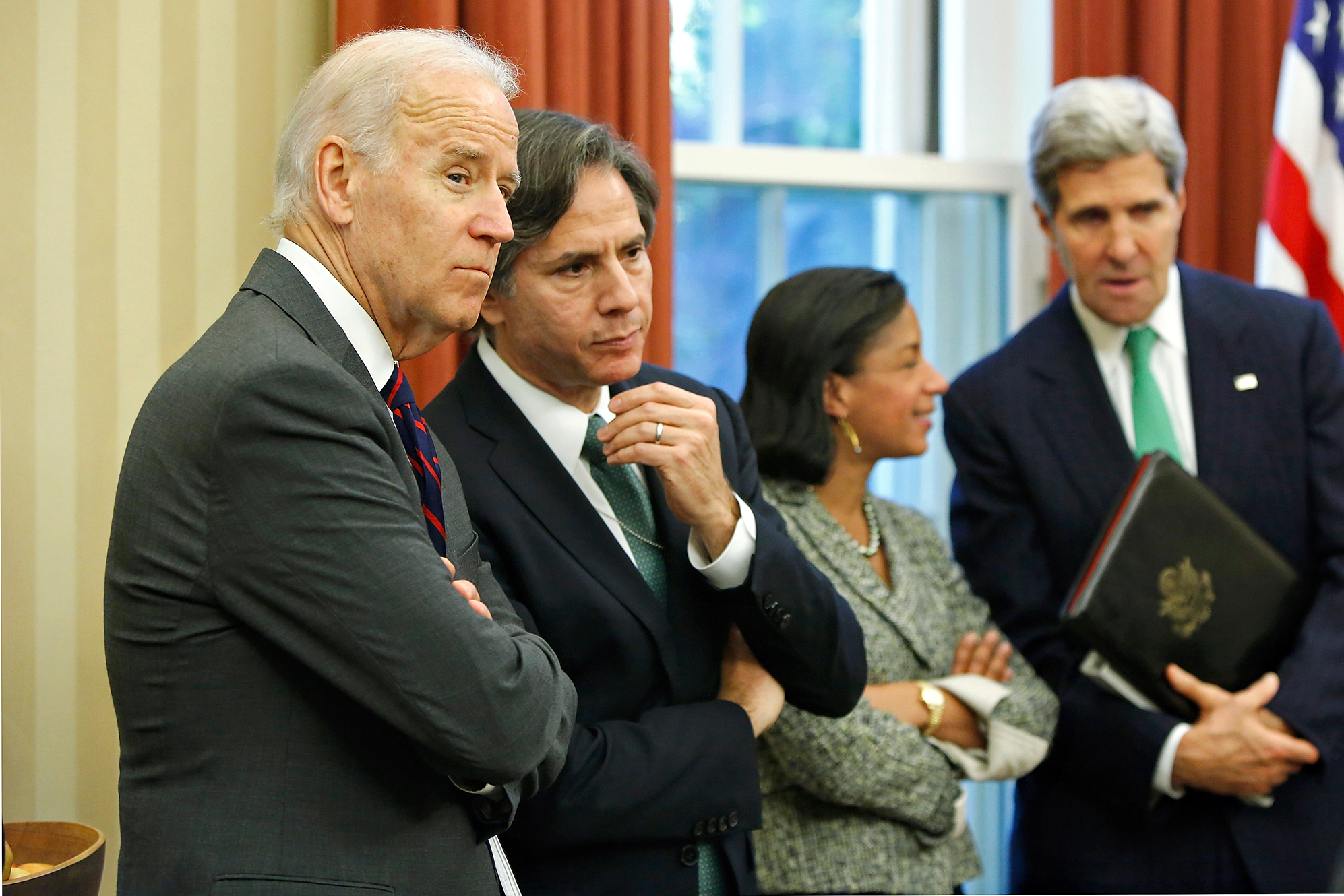30 Nov 2024

Liang Lan
Marine and Environmental Activist
US President Joe Biden is serious about addressing climate change.

He re-joined the Paris Agreement on the first day of his presidency, adopted a ‘whole of government’ approach to addressing climate change, put forward a number of executive initiatives and revived others to reduce emissions, and has placed climate change near the centre of sweeping proposed infrastructure legislation — the American Jobs Plan.
As promised during his election campaign, Biden also convened a virtual Leaders Summit on Climate on 22 and 23 April, during which he announced an ambitious new US emissions reduction pledge under the Paris Agreement.
Is the United States back as a global leader on climate change?
Despite Biden’s efforts, the Trump administration’s aversion to international cooperation and its climate denial are still fresh in the minds of other global leaders. They also remember former US president George W Bush rejecting the Kyoto Protocol after the Clinton administration signed it. International leaders know full well that US zigzagging on climate policy arises from domestic politics — and they see familiar danger signs in Washington.
President Biden holds only razor-thin majorities in Congress, putting legislation that will be required to achieve much of his ambitious climate agenda out of reach. The President’s green infrastructure plan is already in trouble in Congress. Biden may lose even this slim congressional majority in the 2022 mid-term elections, and potentially the presidency itself in 2024 to a Trump-like Republican, putting the executive action he will have been able to undertake at great risk.
As the Chinese Ministry of Foreign Affairs said on 16 April, in response to US exhortations to do more on climate: ‘The return of the United States is not as a king returning, at all, but as a truant student getting back to class’. China, India and other countries with significant emissions will continue to address climate change based on their own analysis and perceptions of the problem and their own domestic political imperatives, not based on what they see as fickle and illusory US leadership.
Yet, the United States managed to convene 40 heads of state and government at the Leaders Summit on Climate. These leaders may have tacitly acknowledged that, despite grave misgivings about the continuity of US climate leadership, a Biden administration governing the world’s second largest-emitting country is an improvement on four more years of Trump. Even if the Biden administration only has two to four years in office, they may have thought it best to back him, given that climate change is an emergency and the coming years are crucial in bending the emissions curve downward.
One major objective of the summit was to provide a forum for major-emitting countries to submit more ambitious pledges under the Paris Agreement. A number of leaders announced new commitments, including the leaders of South Korea and Japan. China and India, the world’s first- and fourth-largest emitters, did not.
But just before the summit, China did promise to observe an important international agreement to reduce emissions of potent greenhouse gases other than carbon dioxide. India and the United States agreed to finance and accelerate deployment of clean energy technology. Participants announced numerous other agreements or actions, including longer-term, ‘net-zero’ commitments. It is impossible to determine how many of these would have been announced without Biden’s summit, but certainly not all and certainly not in such dramatic fashion.
Also in connection with the summit, the United States revived two important institutional frameworks for addressing climate change. First, the summit served to reconvene the US-led Major Economies Forum (MEF) on Energy and Climate, whose members are the 17 largest-emitting countries in the world and which had lain dormant during the Trump administration. Under the Bush and Obama administrations, MEF meetings provided a valuable opportunity for informal communication among large-emitting countries and helped catalyse convergence in negotiating positions ahead of the annual UN climate-change conferences.
Second, US–China bilateral cooperation on climate was revived in advance of the summit (Chinese diplomatic snark notwithstanding). Bilateral agreements in 2015 were crucial factors in the success of the Paris Agreement. International leaders watching John Kerry (then US Secretary of State, now US Special Presidential Envoy for Climate) and Xie Zhenhua (then China’s chief climate negotiator, now China’s Special Envoy for Climate Change) back at the table were surely heartened — and perhaps encouraged to ‘unmute’ on Zoom.
President Biden continued to provide some degree of leadership at the G7 summit on 11–13 June, including a strong statement on climate in its communique. At least he did not stand in the way. The G20 summit in Rome in October may be expected to benefit from the Leaders Summit as well — its 20 members include all members of the MEF.
We will then approach this year’s UN Climate Change Conference of the Parties in Glasgow in November with some momentum, thanks in part to the modest success of the Leaders Summit on Climate in precipitating more ambitious action and re-forming institutions for addressing climate change. Perhaps US leadership is back after all — at least for this year, and at least in Glasgow. And perhaps that’s enough for now.
Author: Robert C Stowe, Harvard University
Robert C Stowe is Co-Director of the Harvard Project on Climate Agreements and Executive Director of the Harvard Environmental Economics Program at the John F Kennedy School of Government, Harvard University.
Comment
Reply